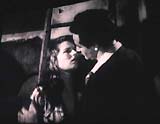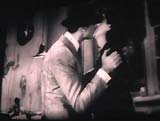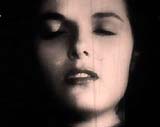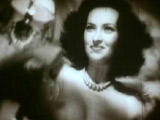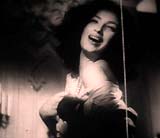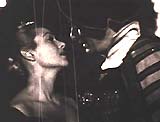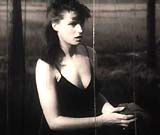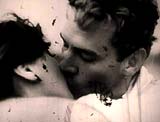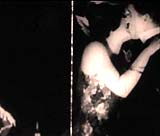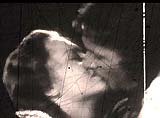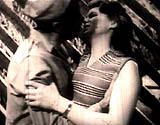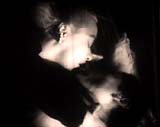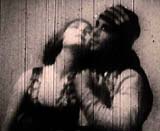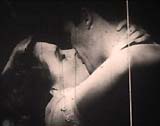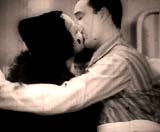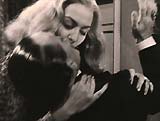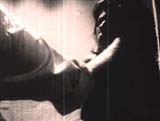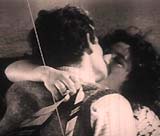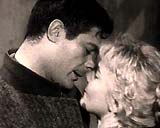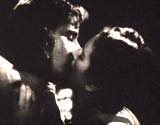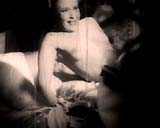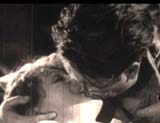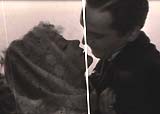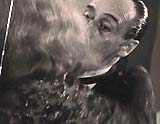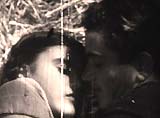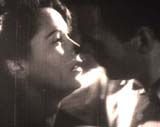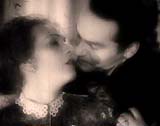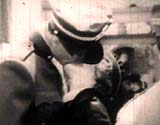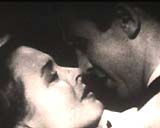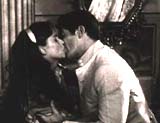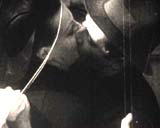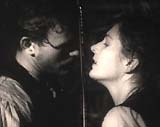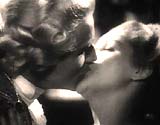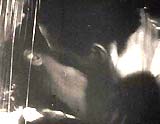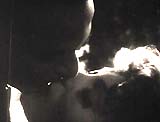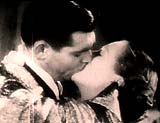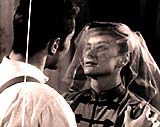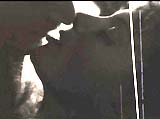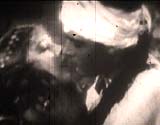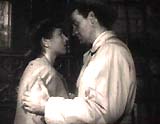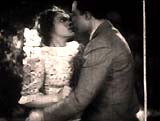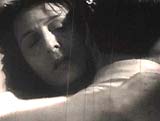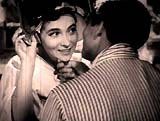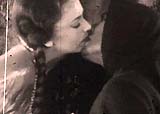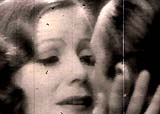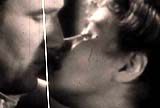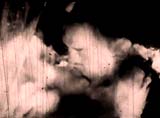The Montage of Kisses
"Why do we use montage at all?"
In his landmark book, The Film Sense (1942) Soviet filmmaker Sergei Eisenstein asks this fundamental question in regards to defining the nature of cinema. In taking the "leftist" position on the theory of montage, Eisenstein argues that one property of montage that consistently and continually astonished filmmakers is its ability to take "two film pieces of any kind, placed together, inevitably combine into a new concept, a new quality, arising out of that juxtaposition" (4). The use of cinema's juxtaposition and dependence on its audience to make a series of inferential leaps is a concept which is fundamentally interwoven into the DNA of the movies. In Douglas Kahn's exploration into the work of artist John Heartfield, John Heartfield: Art and Mass Media, he argues, “Film has montage in its very innards. The projector runs just fast enough so images cannot be seen as they butt up against each other and just slow enough that the images are not superseded" (113).To take this notion a step further, one of the most intriguing free-form applications of montage can be found in the use of "idea editing." In The Camera and I (1969), filmmaker Joris Ivens describes how he often would juxtapose footage from commercial newsreels and make numerous unseen connections between various news events. (i.e. the parallels between Japanese atrocities in Manchuria and the injustice of the practice of lynchings in the United States). He goes on to explain that his method comprised of assembling previously miscellaneous material and cut it "together into a new unity" (Kahn, 114). Although Eisenstein, Heartfield, and Ivens each set out to apply this aspect of montage to convey a powerful political message, the concept of idea editing in narrative cinema can be used simply to provide audiences with a strong emotional resonance and if the filmmaker wishes, recontexualize the initial message of their film. As Hungarian author György Lukács explains, "A good photomontage has the same effect as a good joke” (Kahn, 109).
"The Good Joke"
Although audiences are certainly capable of deriving their own intuitive connections in order to comprehend the context of a montage in narrative cinema moviegoers also rely heavily on context clues provided to them by the filmmaker in order to understand the film's overall intent. What is most compelling in regards to the use of context clues in a feature film is that different members of the audience will ultimately rely on different sequences to speculate on the film's overall message.Among one of the most creative uses of idea editing through the use of photomontage in narrative cinema can be found in the final scene of Giuseppe Tornatore's Academy Award winning film, Cinema Paradiso (1988). The film tells the life story of a fictional filmmaker named Salvatore Di Vita who returns to his hometown of Giancaldo in Sicily for the first time after 30 years. He returns to attend the funeral of the former projectionist of the "Cinema Paradiso" who also served as a surrogate father and mentor to the aspiring young filmmaker. At the end of Salvatore's visit he is given a gift by Alredo's widow, a unmarked film reel. When he returns home, Salvatore plays the reel which contains a long montage of romantic ("pornographic") amorous screen kisses ordered spliced, excised, and censored out of numerous films (i.e., His Girl Friday, The Gold Rush, The Outlaw, The Son of the Sheik, The Adventures of Robin Hood, etc.) by the village priest Father Adelfio when he was a boy. He is moved to tears by the sequence and in the final frame gives a slight chuckle. (That's all the context you will get for now!)
The montage of kisses at the end of Cinema Paradiso is an example of a photomontage joke that took decades to reach its punchline. But what is the nature of the joke played on Salvatore? The answer to this question can be found in a series of context clues offered throughout the film. Yet depending on which of the context clues you connect to, your overall interpretation of the film's final scene may drastically vary. To complicate matters further, several extended and additional scenes introduced in Tornatore's 2002 Director's Cut version of Cinema Paradiso, entirely transforms the meaning of the film's closing scene and as a result the entire movie.
Note: Director Giuseppe Tornatore's script described the scene thusly: "In rapid sequence the passionate kisses between actors and actresses, names famous and names unknown in the history of movies. Greta Garbo, Gary Cooper, Alida Valli, Rudolph Valentino, Ingrid Bergman, Clark Gable, Anna Magnani, Humphrey Bogart, Marlene Dietrich, Amedeo Nazzari, Luisa Ferida, Vittorio De Sica, Rita Hayworth, Tyrone Power, Doris Durante, Massimo Girotti, Marta Abba, Fred Astaire and Ginger Rogers, Assia Noris..."
